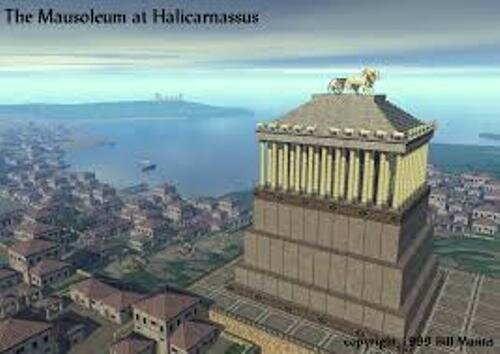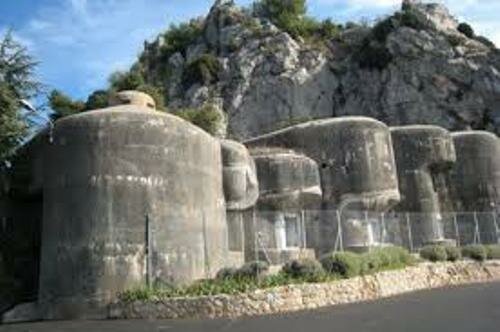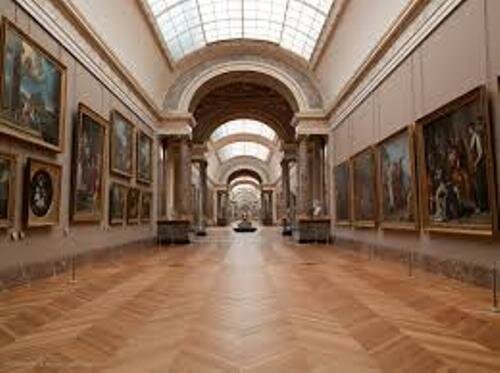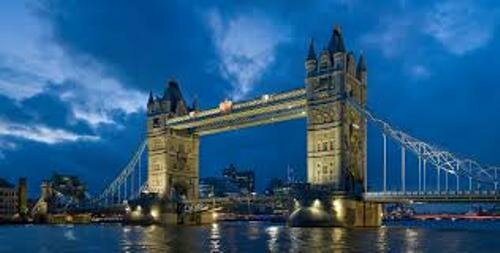Those who likes historitical affair, of course want to read this the facts about The British Museum. The British Museum consists human history and cuture collection. Ithas totally permanent collection that collected from 8 million work from around the world. This museum contains story of human’s culture from the past until present. And here some facts about The British Museum below.
Facts about The British Museum 1 : Some of Collection are controversy
The collection notably The Elgin Marbles from Parthenon, and that collections are controversy. Some of the collection called out by the origin countries for restitution payment.
Facts about The British Museum 2 : Housed National Museum Antique and Library in Same Place
Previously The British Library centered in Round Reading Room, after 1997 then move to a new site. The British Museum of Antiques and a National Library designed in the same place. It can increases number of visitors because both who like antiquities will assemles in same place.
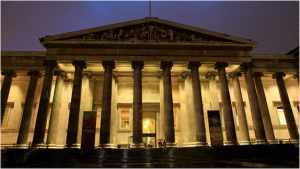
Facts about The British Museum 3 : Sponsored by Department for Culture, Media and Sport
The British Museum is a non department public body, but its sponsored by Department for Culture, Media and Sport. So that, there is no charge for admission fee, except for the loan of exhibitions. It make much people interested to have a visit on their whole day.
Facts about The British Museum 4 :The Director and Principal Librarian
The British Museum firstly born used the role, that is Principal Librarian. It means when the book or collection still be a part of museum so that that collection must be nursed well. Then the role was renamed by “Director and Principal Librarian” in 1989 and “Director” in 1973.
Facts about The British Museum 5 : Department of Ancient Egypt and Sudan
The British Museum has the world largest collection and most comphrehensive collection of Egyptian antiquities (over 100,000 pieces) outside The Egyptian Museum in Cairo. This collection include the important objects about the history of Egypt and Sudan. Which are both of those history was so well known in the world.
Facts about The British Museum 6 : Building
The facading facing Great Russel was building by Sir Robert Smirke, with 44 columns in the lonic order in 45 feet high, inspired by Athena Polias at Priene in Asia Minor. The pediment was decorated by sculpture by Sir Richard Westmacott which describe The Progress of Civilisation, consisting by fifteen alegorical figures, installed in 1852.
Facts about The British Museum 7 British Museum Press (BMP)
Publishing business of British Museum and a division of British Company Ltd. BMP publishes popular or scholarly ilustrated book for an exhibition programme and explore aspects of general collection. Profits which accepted will be use on supporting development of the British Museum.
Facts about The British Museum 8 : Established in 1753
It establised in 1753 based on collections of the physician and scientist Sir Hans Sloane. First opened for public on 15 January 1759 in Montagu House in Bloomsbury. Had expanding for two and a half centuries which had largely a result of expanding British colonial footprint.
Facts about The British Museum 9 : Museum Governance
Use 25 trustees who have responsible for the general management and control the museum system. In accordinance with the British Museum Act 193 and the Museums and Galleries Act 1992.
Facts about The British Museum 10 : One of Largest Museum in The World
The British Museum had covering area over 92,000 m2 of on site storage spaces and 9,400 m2 of external storage space. There is also public display less than of 1% of its entire collection.
Those are following facts about The British Museum. Hope that informations give more konwledge which can help people to fix the problems.




